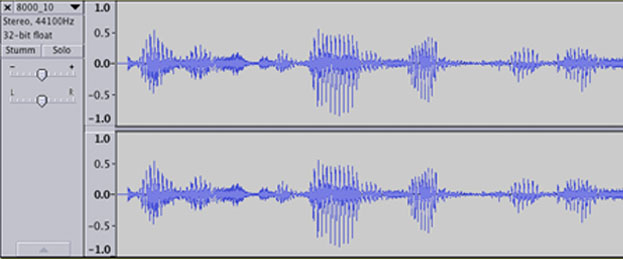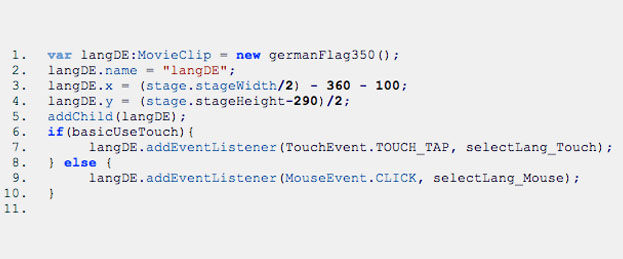Making The Game – Teil 13: Das Soundmanagement
The sound design has a large share of the overall impact of games. Thus, the right music and a properly placed sound-effect subconsciously contribute to the current situation. The desired effect is often achieved only through the interaction of images and sound. Besides the host of the application, who has only a accustic appearance, several effects and music parts are played, for example if the correct answer to a question is given. In order for this sounds to proceed simultaneously, but individually controllable, music, sound effects and speech are played on each separate audio channel. Through the use of channels we also ensure that only one voice file, per […]


